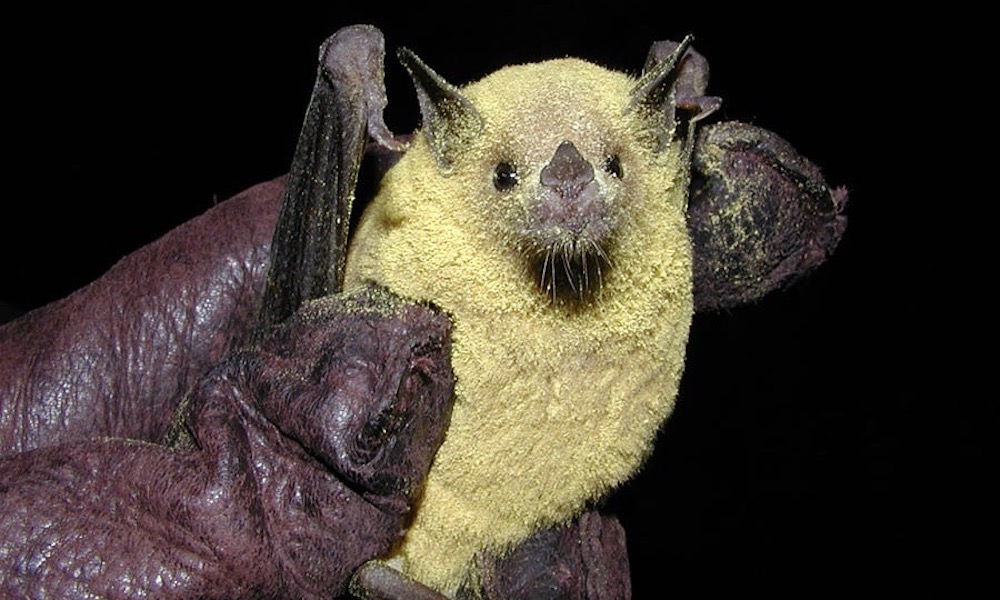The U.S. Fish and Wildlife Service on Friday shared an image of a lesser long-nosed bat covered in a yellow substance and used humor to describe the bat as a hero of the desert.
“Whoever said orange was the new pink was seriously disturbed,” the USFWS began its Facebook description, quoting Reese Witherspoon’s character Elle Woods in the 2001 comedy film ‘Legally Blond.’
“Ok, but what about pastel yellow?!” the USFWS continued. “Move aside, Elle, this lesser long-nosed bat may be onto something.”
ALSO: Baby rhino rescued via helicopter after poachers make him an orphan
The substance on the bat is pollen, and the USFWS explained why this is important:
“An unsung hero of fragile desert ecosystems, lesser long-nosed bats pick up tons of pollen while drinking nectar out of blooming cacti and agave flowers. One could say they’re the perfect pollinator, and YES this is one of our favorite bat appreciation photos we share every year [during Bat Week].”
According to the Arizona-Sonora Desert Museum, lesser long-nosed bats are typically yellow-brown to gray on top, with rust-colored bellies. Their range is from Arizona and southwestern New Mexico into western Mexico, including Baja California Sur, and into Central America.
A few facts pertaining to the species, courtesy of the Desert Museum:
–The nocturnal bats feed on the fruit and nectar of night-blooming cacti, including saguaro and organ pipe, and several species of agave.
–Lesser long-nosed bats were listed by the USFWS as endangered in 1988, with maternity roost disturbance and habitat loss their primary threats.
–Predators include owls, snakes, and bobcats, which try to ambush them near cave entrances.
–The bats, which can live 20 years in the wild, can fly at speeds up to 14 mph.
–Lesser long-nosed bats are tiny, weighing less than an ounce. But they can measure up to 3 inches with a 14-inch wingspan.
The Desert Museum adds that bats in general are the only mammals that can fly.
